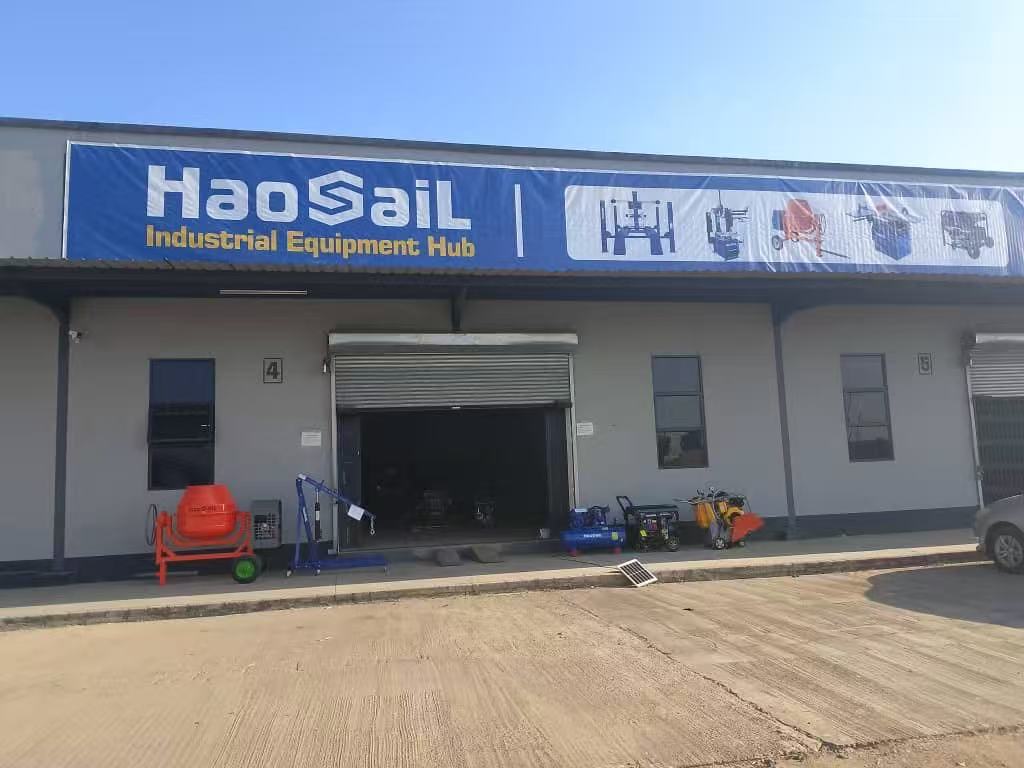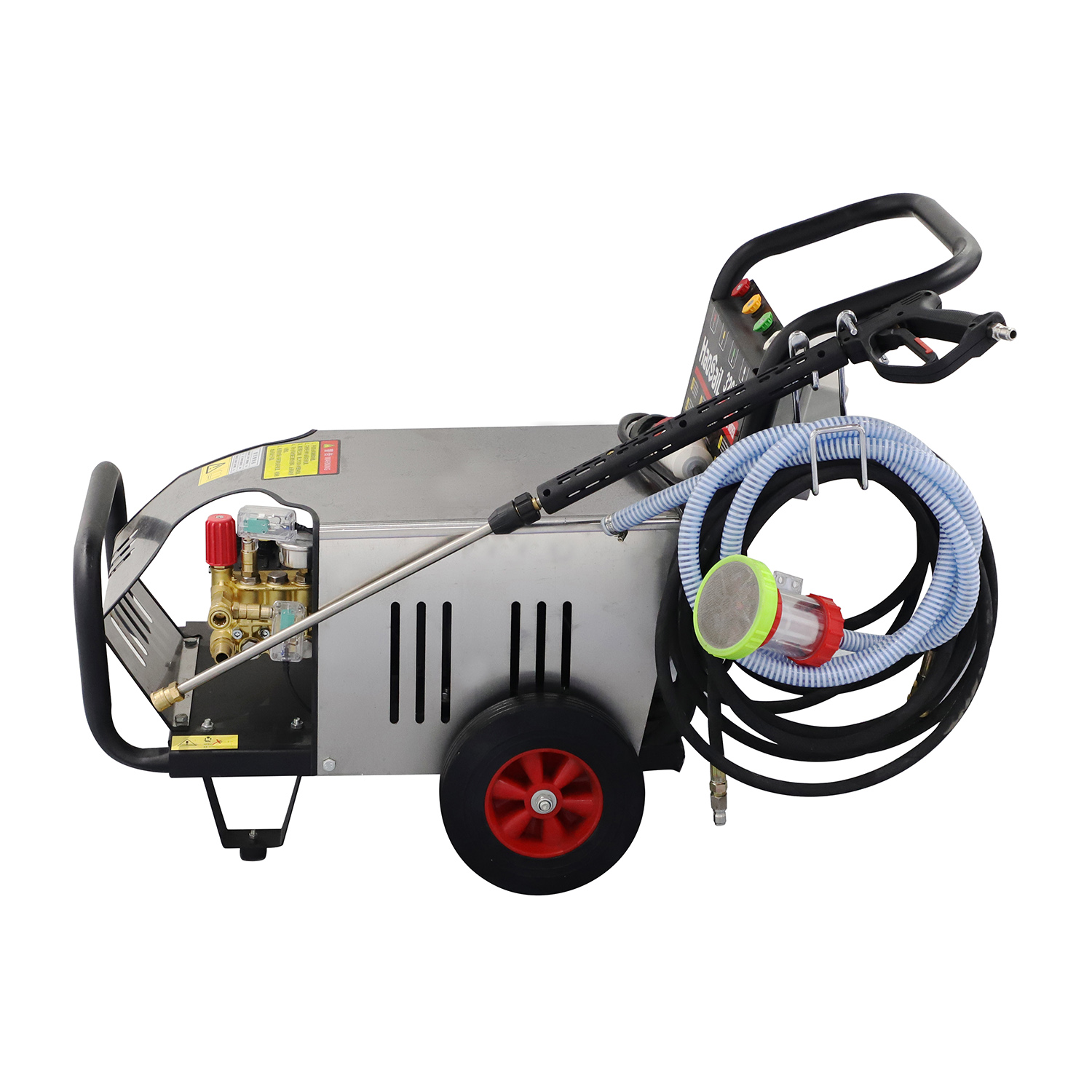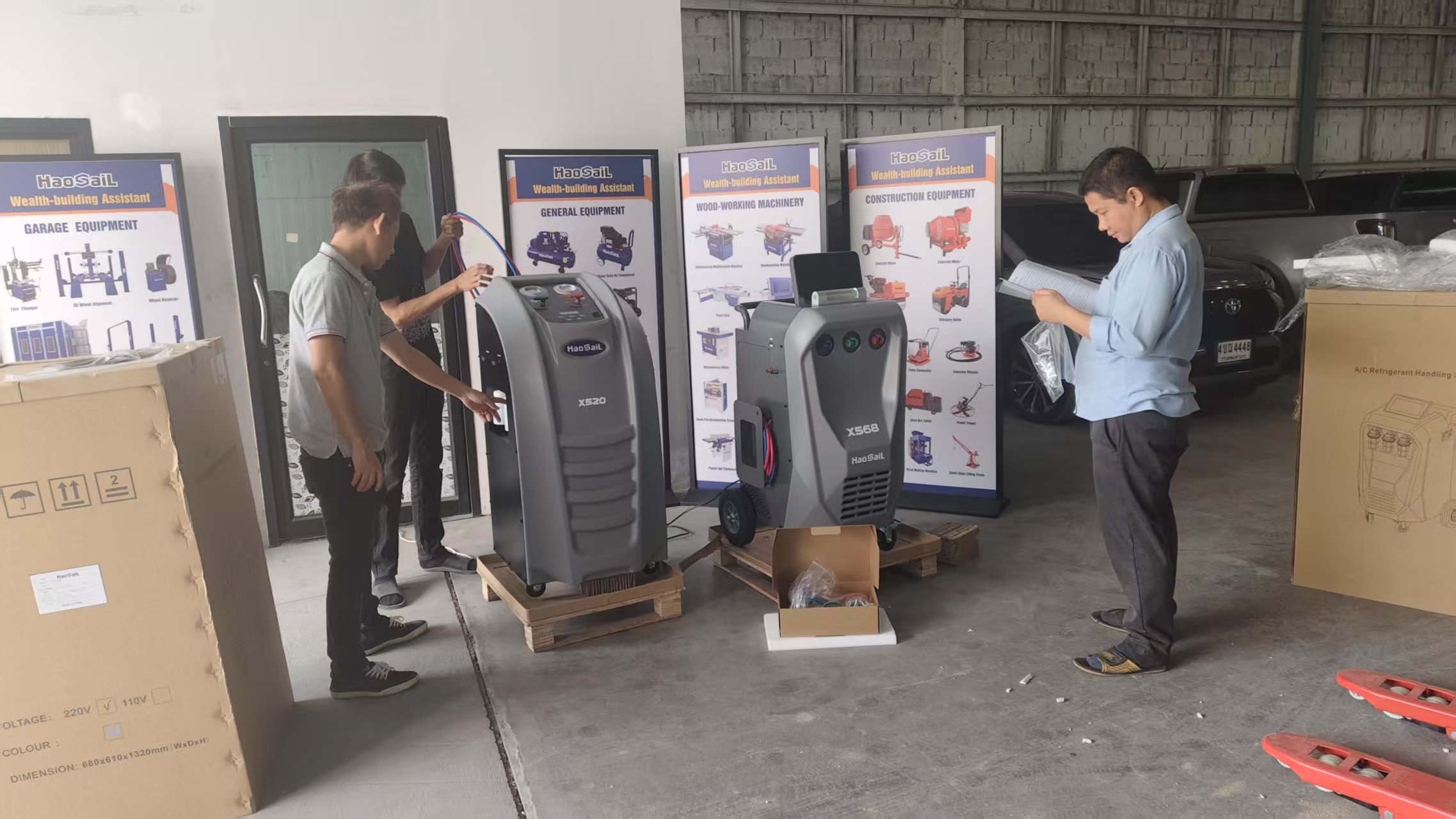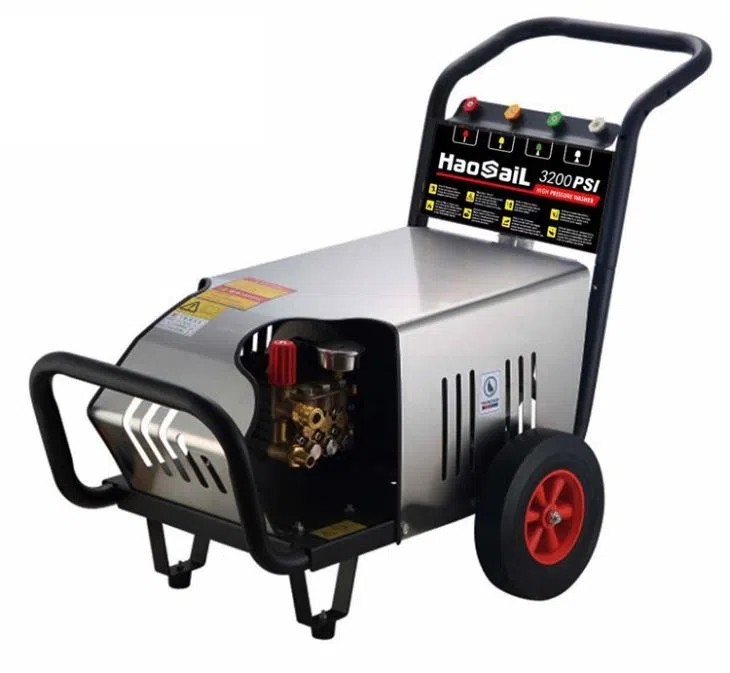
Aug 27, 2025

Aug 12, 2025

Jun 04, 2025

May 30, 2025
B4, Qingdao High-Tech Zone, No. 17 Songyuan Road, Qingdao.
+86 13864822549

In the world of automotive care, maintaining the cleanliness of a vehicle is not just about aesthetics; it is also crucial for the longevity and performance of the car. One of the most effective tools for this task is the high pressure washer. This powerful device can remove dirt, grime, and contaminants that regular washing methods might miss. However, using a high pressure washer requires careful consideration to avoid damaging the vehicle. In this article, we will explore why cars need to be washed regularly and the essential precautions to take when using a high pressure washer.
Cars are exposed to various environmental elements such as dust, dirt, bird droppings, and pollutants. These contaminants can accumulate on the surface and lead to several problems. For instance, dirt and grime can cause scratches on the paintwork, while bird droppings and tree sap can etch into the surface if left unattended. Regular washing helps to remove these harmful substances and protects the car's paint from premature aging and damage. Moreover, a clean car not only looks better but also enhances its resale value. A well-maintained exterior is a reflection of the overall care given to the vehicle, which can be a significant factor for potential buyers.
A high pressure washer is a powerful tool designed to clean surfaces quickly and effectively. It uses a high-pressure stream of water to blast away dirt and grime that may be difficult to remove with traditional washing methods. The high pressure washer's ability to deliver water at a high velocity makes it an excellent choice for cleaning cars. It can reach into crevices and remove stubborn dirt that a regular hose or sponge might miss. However, the power of a high pressure washer also means that it must be used with caution to avoid causing damage to the car.
Choose the Right Nozzle: High pressure washers come with different types of nozzles, each designed for specific cleaning tasks. When washing a car, it is essential to use a nozzle with a wider spray pattern and lower pressure setting. A narrow, high-pressure stream can easily damage the paintwork, windows, and other delicate parts of the car. A wider spray pattern distributes the water more evenly and reduces the risk of damage.
Maintain a Safe Distance: The distance between the high pressure washer nozzle and the car's surface is crucial. Holding the nozzle too close can concentrate the water pressure in a small area, potentially causing scratches or dents. It is recommended to keep a distance of at least 12 inches from the surface. This allows the water to spread out and reduces the impact force on the car.
Start with a Low Pressure Setting: Before beginning the cleaning process, it is wise to start with the lowest pressure setting on the high pressure washer. This allows you to assess the effectiveness of the water stream and make adjustments as needed. Gradually increasing the pressure ensures that you do not accidentally damage the car's surface.
Avoid Sensitive Areas: Certain parts of the car are more sensitive to high pressure water. For example, the rubber seals around windows and doors, the engine compartment, and the car's undercarriage can be damaged if exposed to high pressure water. When cleaning these areas, it is best to use a lower pressure setting or avoid using the high pressure washer altogether. Instead, opt for a soft brush or sponge and a gentle cleaning solution.
Use the Right Cleaning Solution: While a high pressure washer can remove dirt effectively, using a suitable cleaning solution enhances the cleaning process. A car-specific detergent helps to break down stubborn dirt and grime, making it easier for the high pressure washer to rinse it away. Avoid using harsh chemicals or household cleaning products, as these can damage the car's paint and other surfaces.
Rinse Thoroughly: After applying the cleaning solution, it is important to rinse the car thoroughly with the high pressure washer. Ensure that all soap residues are removed, as leftover detergent can attract dirt and leave streaks on the surface. A thorough rinse also helps to prevent water spots, which can form when water droplets dry on the car's surface.
Dry the Car Properly: Once the car is clean, it is essential to dry it properly. Use a soft, absorbent towel or a microfiber cloth to gently dry the surface. This step helps to prevent water spots and ensures that the car looks shiny and clean. Avoid letting the car air dry, as this can lead to water spots and a dull appearance.
In conclusion, washing a car is an essential part of its maintenance routine. A high pressure washer is a valuable tool that can make the cleaning process more efficient and effective. However, using a high pressure washer requires careful consideration of the nozzle type, pressure settings, and distance from the car. By following these precautions, you can ensure that your car remains clean and protected without the risk of damage. Regular cleaning with a high pressure washer not only enhances the appearance of your car but also contributes to its overall longevity and performance.